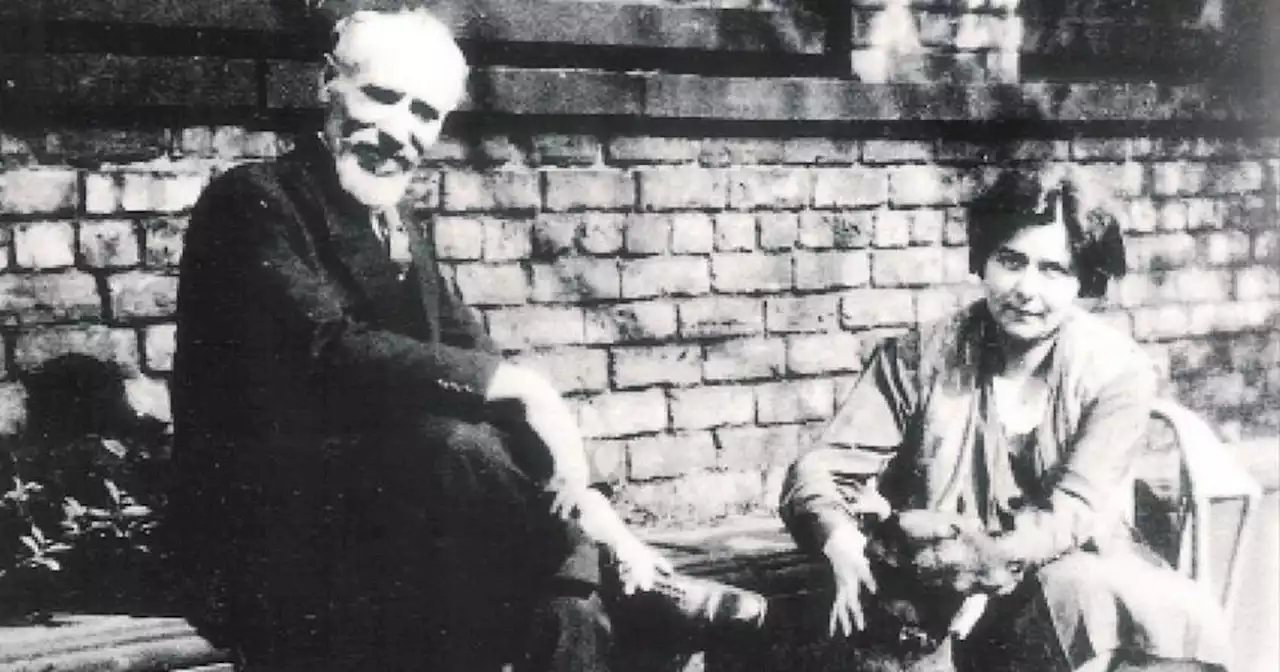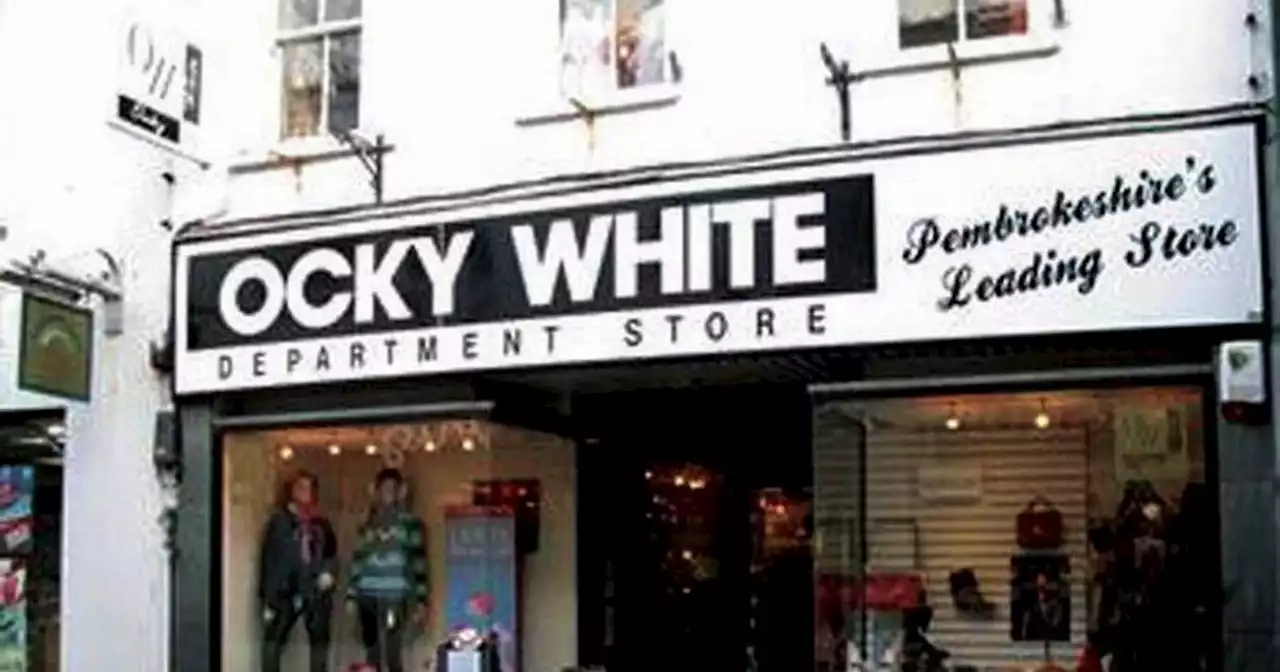Archaeologists made the 'highly significant discovery'
Archaeologists have uncovered the human remains of hundreds of bodies at a medieval friary in Haverfordwest. The grim discovery was made by Dyfed Archaeological Trust who unearthed the bone remnants on the former site of department store, Ocky White, in the centre of the Welsh town.
It's been suggested that the ''highly significant discovery'' of the bodies could be connected to a historical attack in the 15th century carried out by French and Welsh forces commanded by leader, Owain Glyndwr. It is well known that the town was besieged by the rebel leader's forces in 1405. These friars made it their mission to preach and tend to the poor and sick. The building, which dates back to 1258, was destroyed in 1538 by Henry VIII during the dissolution of the monasteries.
Of the medieval friary that also once occupied the same location, Dyfed Archaeological Trust's site manager Andrew Shobbrook told the BBC: "It's quite a prestigious place to be buried. You have a range of people, from the wealthy to general townsfolk."
United Kingdom Latest News, United Kingdom Headlines
Similar News:You can also read news stories similar to this one that we have collected from other news sources.
 He painted the city and taught Lowry, now Adolphe Valette is back in ManchesterFifty nine works to go on sale by the French Impressionist who was also a Father of Mancunian art
He painted the city and taught Lowry, now Adolphe Valette is back in ManchesterFifty nine works to go on sale by the French Impressionist who was also a Father of Mancunian art
Read more »
 Muller: Joining Peugeot WEC line-up in Bahrain finale would "make sense"🗣️'There has not been a decision yet on how we approach Bahrain, I will find out soon I guess.' Could new Peugeot signing Nico Muller make an early debut for the French marque at the Bahrain WEC finale next month following James Rossiter's retirement?
Muller: Joining Peugeot WEC line-up in Bahrain finale would "make sense"🗣️'There has not been a decision yet on how we approach Bahrain, I will find out soon I guess.' Could new Peugeot signing Nico Muller make an early debut for the French marque at the Bahrain WEC finale next month following James Rossiter's retirement?
Read more »
 Notts Heron Foods store wants to stay open later and sell alcoholThe store would remain open until 10pm
Notts Heron Foods store wants to stay open later and sell alcoholThe store would remain open until 10pm
Read more »
 Northumberland dig: Archaeologists start search for Viking Great Army campObjects found at the site over the years include lead gaming pieces and copper-alloy coins.
Northumberland dig: Archaeologists start search for Viking Great Army campObjects found at the site over the years include lead gaming pieces and copper-alloy coins.
Read more »
